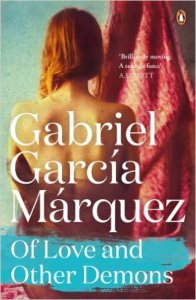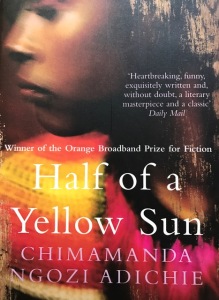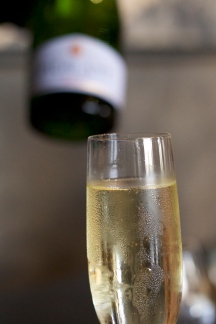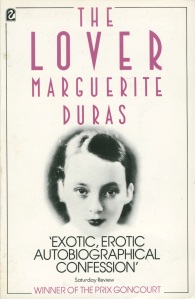 Title: The Lover
Title: The Lover
Author: Marguerite Duras
Genre: Memoir
Published: First published in 1986
I am reading Modern Classics this month. As if my reading ambitions were already not lofty enough, along with #reading SA, #reading Africa, now there is this goal. This was more of an assigned reading on a writing class I am taking.
I remember seeing the movie when I was fifteen – the same age as she was in the book – and thinking: How very shocking and scandalous! Even now I still admit that she was very rebellious at such a young age, and for such a time.
In brief, The Lover is about a young French girl growing up in Saigon with her brothers in the 1920s. It is during the French occupation of then Indo-Chine, what would become Vietnam. They are raised by her single mother after the death of her father. The Lover is semi-autobiographical. Given when it was written, it was a very wild life for a poor French girl growing up in poverty in Saigon. Being white though afforded her and her family certain privileges, like riding in the front of the bus, and being allowed in certain restaurants. It did not, however, exempt them from the poverty faced by her mother, a school headmistress, who has made poor investment choices that leave her family near destitute and having to raise her family in Saigon, with not much hope of a better life back in France.
The protagonist takes on a lover at the age of fifteen and a half, a man almost twice her age, Chinese and wealthy. Her mother is complicit in this by ‘allowing’ it because she benefits financially from this arrangement whilst hypocritically berating, and at times, even beating her daughter for it.
Duras writes very candidly about the emotional detachment and of how she was void of any shame throughout this tryst. It was bold writing about a truth not often spoken of – very young girls and much older men in financially expedient relationships. After much of last year’s social discussions of ‘blessers’ and their ‘blessees’ in South Africa, and similar ‘sugar daddy’ arrangements of college girls in the US, it appears like Marguerite Duras was ahead of her time. The child prostitution that she writes about, shocking as was for that time, and for the society in which she lived, was not shocking by its nature, but carried with it the added stigma of her being a white French girl and him an older Chinese man.
The Lover was published when Duras was 70, and even though she was regarded as something of an enfant terrible for contemporary writers of her time, she went on to be awarded the Prix Goncourt, France’s highest literature prize for The Lover.
The translations do not always flow well from sentence to sentence, and Duras uses very simple language, a style which she claimed as her own. Compared to her contemporaries, Albert Camus and Jean Paul Sartre, she is said to have derided their use of long complicated vocabulary to convey simple meanings. She is quoted as having stated “My contemporaries bore me”, dismissing their ‘left-wing snobbery’ and of being all too intellectual for her.
This was an easy and enjoyable read, and I probably enjoyed it more because of memories of the movie, which I saw that many years ago.


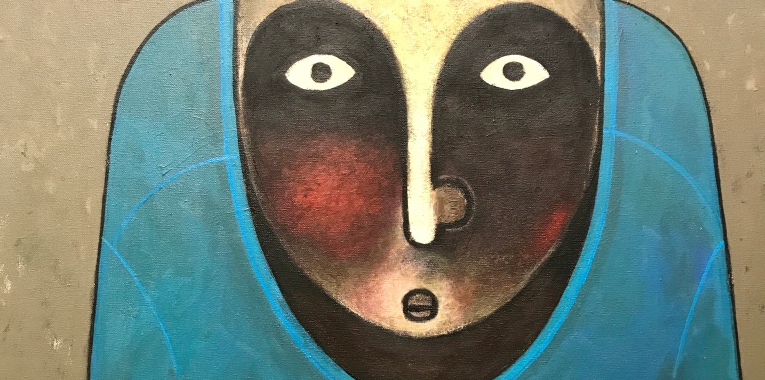














 T
T


